Every winter, catching a cold has almost become a standard experience for many people…
Actually, it’s not a big deal; for young people, even without medication, they can tough it out for a few days and recover on their own. However, the elderly and children should take it seriously to avoid lingering issues like cough or rhinitis, which could affect their quality of life.
Here, I would like to share my understanding of wind-cold common cold and its treatment.
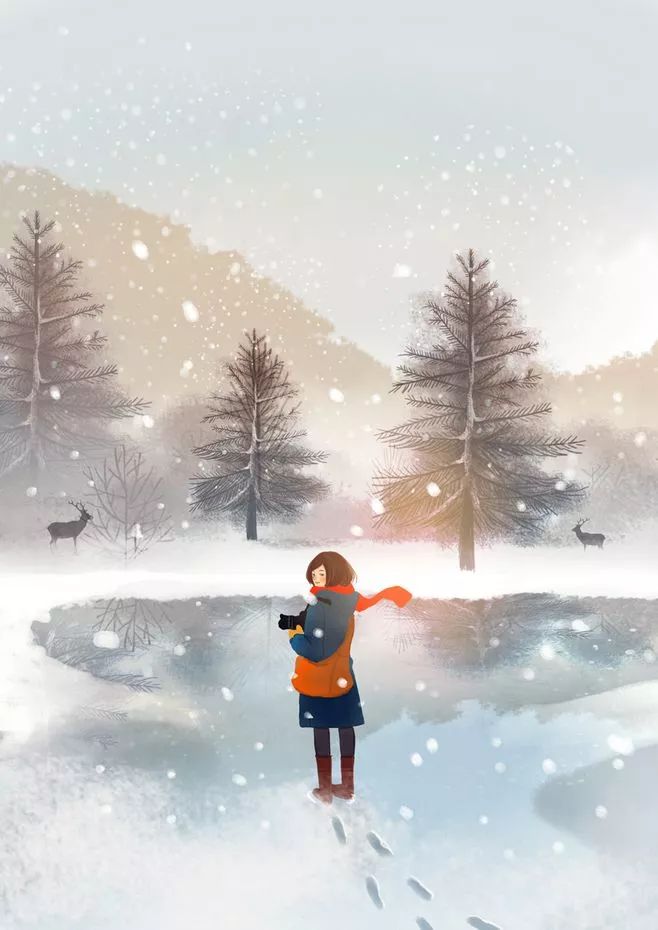
1.
Wind-cold common cold, known in TCM as “shangfeng” (伤风), or simply “catching wind or cold”. In “Dream of the Red Chamber”, it is referred to as “minor cold”.
The term “冒” (mào) originally means “hat”, indicating that one should wear a hat on their head. To “冒风” (mào fēng) or “冒寒” (mào hán) means to face the wind and cold directly.
TCM advises against exposing oneself to wind and snow, believing it is better to avoid such situations. This is because confronting wind-cold evils can easily allow these pathogens to invade the body.
As stated in the “Lingshu” (灵枢) chapter on “The Origin of Diseases”: When the body’s righteous qi is weak, wind evil can invade the body, often starting from the skin—if the skin is not dense enough, the wind evil can penetrate, causing pain. If the wind evil persists, it further invades the small collaterals, leading to muscle pain. If it continues, it invades the meridians, causing chills. Once the wind evil enters the largest meridian—the Foot Taiyang Bladder Meridian, it results in lower back pain and spinal pain.
Some friends may not be familiar with TCM and may not understand what collaterals and meridians are. To illustrate, collaterals are like rural paths, while meridians are akin to a national railway network. This shows that the weaker the body, the more rampant the wind evil becomes, invading larger and more critical areas.
“Suwen” (素问) also states: When wind evil invades the body, it causes cold shivers, sweating, headaches, lethargy, and a fear of cold.
What has been described above are common symptoms we experience when catching a cold, such as fever, chills, headaches, and body aches, all due to the invasion of wind evil.

At this point, some readers may ask: You mentioned that wind evil invades the body, causing fever and chills; can you provide a more specific explanation? Certainly, this involves a physiological issue in TCM.
The outermost layer of our body is a thin layer of skin, covered with fine hair. Beneath the skin is the “fu” (肤), a thin oily layer, which the ancients described as “skin like congealed fat”. Together, they are referred to as skin.
When the wind evil penetrates the skin and reaches the “cili” (腠理), which is a loose texture with tiny pores through which the defensive qi (卫气) circulates, it obstructs the flow of defensive qi. This is similar to a traffic jam. When the defensive qi cannot disperse, it becomes trapped in the muscles, causing heat. The outer skin does not receive the heat to dissipate, leading to a fear of cold.
This model explains the cold-heat issue in TCM.
2.
When wind evil enters the skin and hair, it not only damages the collaterals, meridians, and muscles but also primarily harms the lungs because the lungs are associated with the skin and hair.
What does “association” mean? The upper part of the character “合” (hé) is “亼” (ji), and the lower part is “口” (kǒu). “亼” resembles a pointed lid, while “口” is a container with an opening. When the lid and container come together, it is called “association”.
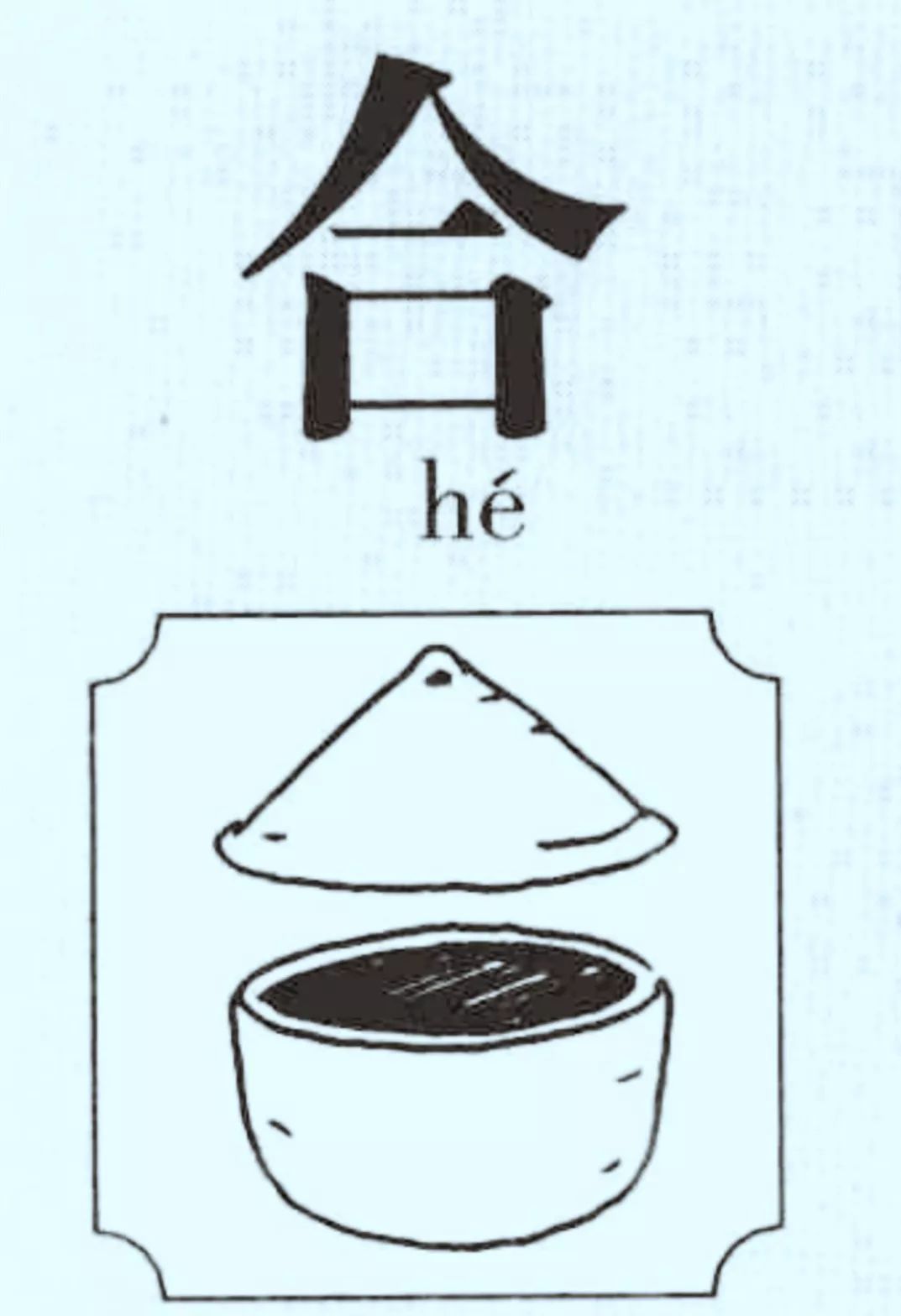
The skin and hair act as the lid, while the lungs are the container. Together they form an “association”. To put it simply, if we compare the pathogenic evil to a fly, if the fly penetrates the lid, it enters the dish.
As stated in the “Suwen” chapter on cough: “The skin and hair are the association of the lungs; the skin and hair first receive the evil qi, which easily enters the lungs.”
When the evil qi enters the lungs, one will cough and sneeze, which are two forms of the lungs expelling the evil. TCM describes the lungs as delicate organs, similar to a young girl who wants to keep herself clean. When the evil qi affects the lungs, it leads to phlegm production.
Thus, we have clarified the cause of wind-cold common cold, which is simply the wind-cold evil.
3.
Because TCM recognizes the harm of wind-cold, it advises people to be cautious of wind-cold. This is the preventive approach to colds.
In “Dream of the Red Chamber”, when introducing Lin Daiyu, it mentions that she was born weak and could not withstand even a little wind-cold.
When Wang Xifeng and the other daughters-in-law served Jia Mu at night with drinks and cards, they did not dare to play too late, fearing that the old lady would become fatigued and also because of the cold at night, worried that she might catch a cold.
In chapter fifty-one, during the cold winter months, Baoyu’s maid Qingwen caught a cold because she went out to play in the middle of the night wearing only a thin garment, thinking she was stronger than others and not afraid of the cold.

4.
Having discussed so much, I believe everyone has gained some understanding of wind evil.
With the principles above, we understand the treatment for wind-cold common cold: since wind-cold invades the body and causes various symptoms, we can use medications to drive out the wind.
Therefore, our method for treating wind-cold common cold is to disperse wind-cold.
Here, I would like to recommend a very effective formula created by the renowned TCM practitioner Shi Yiren during the Republic of China period, called “Jingfang Jiebiao Decoction” (荆防解表汤), which is included in our “Textbook of TCM Internal Medicine”.
Jingfang Jiebiao Decoction:
Jing Jie (荆芥) 6g, Fang Feng (防风) 6g, Su Ye (苏叶) 6g, Bai Zhi (白芷) 3g, Fu Ling (茯苓) 9g, Xing Ren (杏仁) 6g, Chen Pi (陈皮) 6g, Shen Qu (神曲) 9g, Sheng Jiang (生姜) 2 slices, Da Cong (大葱) 2 cm.
Indications: Nasal congestion, heavy voice, sneezing, coughing, clear nasal discharge, itchy throat without significant pain, or accompanied by headache and body aches, or with chills and fever.
Formula Explanation: The wind-cold evil invades the body, causing symptoms of chills, fever, and absence of sweating. The ingredients Jing Jie, Fang Feng, and Su Ye have volatile properties that can disperse wind evil. Xing Ren, Bai Zhi, and Chen Pi regulate qi and transform phlegm to reduce phlegm secretion. Shen Qu and Fu Ling strengthen the stomach and eliminate dampness, treating muscle pain. The white part of the scallion and ginger promote sweating.
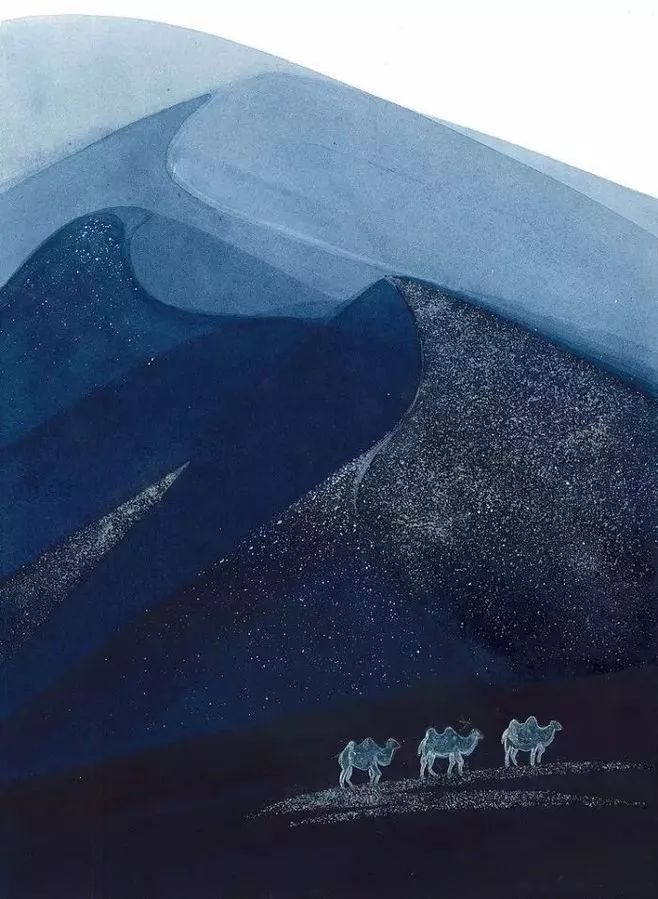
Additionally, Mr. Shi Yiren also provided modifications for this formula, meaning if you have a particularly prominent symptom, you can add some other herbs to enhance its efficacy.
For example:
If you have a severe headache, indicating a serious wind evil, add Chuan Xiong (川芎) 3g, Ju Hua (菊花) 6g, and Jiang Can (僵蚕) 3g to enhance wind-dispelling.
If you feel body aches, indicating that the collaterals are obstructed and fluid metabolism is somewhat impaired, leading to damp evil, then add Qin Jiao (秦艽) 6g and Sang Zhi (桑枝) 6g to dispel wind-damp.
If you have significant chills, add Ma Huang (麻黄) 3g to the original formula.
If you have severe coughing, add Jie Geng (桔梗) 6g, Qian Hu (前胡) 6g, and Niu Bang Zi (牛蒡子) 5g to the original formula.
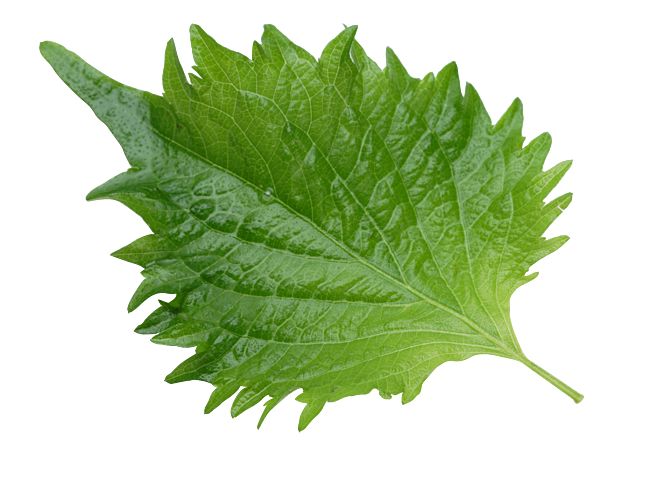
The herb Su Ye (苏叶) disperses cold and stops cough while transforming phlegm.
Mr. Shi Yiren emphasized that this formula is a general prescription for treating wind-cold common cold. Young people who catch a cold may consider using this formula.
However, for elderly individuals, particularly those who feel extremely cold and fatigued with a deep pulse that is difficult to detect, this formula should not be used. Instead, they should use the “Zaizao San” (再造散) from Tao Jiemian’s “Six Classics of Cold Damage” (《伤寒六书》). This is because some elderly individuals have insufficient righteous qi and cannot withstand sweating. It is like a country with an empty treasury; without sufficient resources, how can one fight? Therefore, some tonifying herbs must be added. Please remember this point.
Zaizao San:
Dang Shen (党参) 9g, Huang Qi (黄芪) 15g, Zhi Gan Cao (炙甘草) 6g, Gui Zhi (桂枝) 9g, Shu Fu Zi (熟附子) 9g, Da Zao (大枣) 5 pieces, Qiang Huo (羌活) 9g, Fang Feng (防风) 9g, Xi Xin (细辛) 4g, Chuan Xiong (川芎) 9g, Bai Shao (白芍) 9g, Sheng Jiang (生姜) 9g.
Regarding Zaizao San, I want to emphasize that if elderly individuals catch a cold and have a severe sore throat with yellow, thick nasal discharge, do not use this formula; otherwise, it will worsen the sore throat. (“New Discussions on TCM Internal Medicine”) It is better to take them to the hospital.
In the cold winter days, it is advisable to prepare some Chinese herbal medicine in advance. You never know when you might catch a wind-cold, and you can quickly brew a pack of “Jingfang Jiebiao Decoction” like tea for self-treatment, which is quite delightful!
References:
1. Zhou Zhongying, TCM Internal Medicine, Common Cold
2. Yin Huaihe, New Discussions on TCM Internal Medicine, Common Cold
3. Wu Zhaoxian, “Essentials of Medical Classics”, Chapter on Muscles
4. “Dream of the Red Chamber”, Chapter Fifty-One
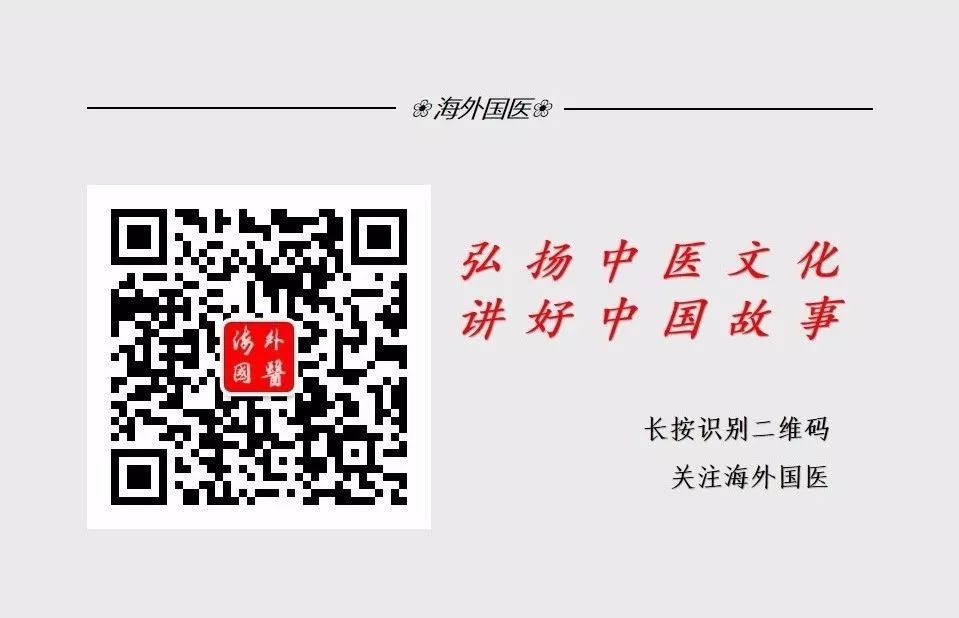 Click here to read: The Plastic Age: Young People Harmed by TakeoutMore terrifying health killers than white sugar and alcohol, it is something we eat almost every day“Gluttony” is killing you! A shocking new medical discovery!
Click here to read: The Plastic Age: Young People Harmed by TakeoutMore terrifying health killers than white sugar and alcohol, it is something we eat almost every day“Gluttony” is killing you! A shocking new medical discovery!
Click “Read the original text“↙ to see more exciting content

